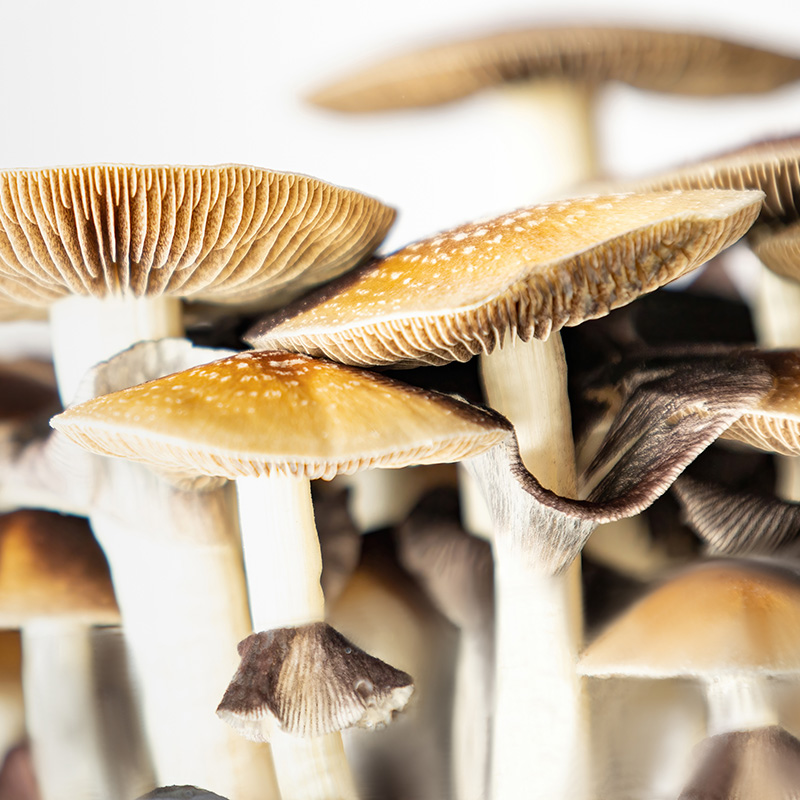Definition:
Primordia are the early developmental stages of mushroom fruiting bodies that form from aggregations of hyphae during the transition from vegetative growth to reproductive growth. They represent the first physical signs of mushroom formation.
Formation of Primordia
Conditions for Formation:
- Environmental Triggers: Primordia formation is influenced by several environmental factors, including:
- Humidity: High humidity levels (around 85-95%) are essential for primordia to develop, as moisture is crucial for cell expansion and growth.
- Temperature: Specific temperature ranges are required, typically between 70°F and 80°F (21°C to 27°C), depending on the mushroom species.
- Light Exposure: While not all mushrooms require light for growth, certain species benefit from exposure to light, which can signal the onset of fruiting.
Process of Formation:
- Hyphal Knot Development: Primordia begin as hyphal knots, where hyphae aggregate and thicken in response to favorable conditions.
- Differentiation: As conditions remain suitable, these knots differentiate into primordia, characterized by compact structures that will eventually develop into mature fruiting bodies.
- Nutrient Allocation: The mycelium reallocates nutrients and energy to support the growth of these developing structures, emphasizing the importance of providing optimal environmental conditions during this stage.

Importance of Primordia in Mushroom Cultivation
- Sign of Fruiting: The appearance of primordia is a clear indication that the mycelium is ready to produce mushrooms, marking a critical point in the cultivation process.
- Development of Mushrooms: As primordia grow, they will develop into mature mushrooms. This stage is vital for ensuring a successful and healthy crop.
- Timing for Care: Recognizing the formation of primordia allows cultivators to make necessary adjustments in humidity, temperature, and light to optimize growth conditions and promote the development of healthy fruiting bodies.
Characteristics of Primordia
- Appearance: Primordia typically appear as small, white or light-colored nodules on the surface of the substrate. They may vary in size and shape depending on the mushroom species and growing conditions.
- Growth Rate: Primordia can grow rapidly, often becoming visible within days after the initial formation, depending on environmental conditions.
- Transition to Fruiting Bodies: As they mature, primordia will elongate and develop into the recognizable shape of the mushroom cap and stem.
Conclusion
Understanding primordia is essential for successful mushroom cultivation, as they indicate that your mycelium is transitioning to the fruiting phase. By recognizing the conditions that promote their formation and ensuring optimal growth environments, cultivators can enhance their chances of producing robust and healthy mushrooms. If you have any further questions or specific areas you’d like to explore, feel free to ask!
Fun Facts About Primordia
- Biological Significance: Primordia are not just a precursor to mushrooms; they represent a critical stage in the fungal life cycle that ensures the continuation of the species through reproduction.
- Sensitivity to Conditions: The formation and health of primordia are sensitive to environmental fluctuations, making it crucial for cultivators to maintain stable growing conditions to maximize yield.
